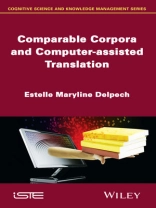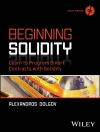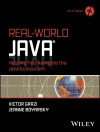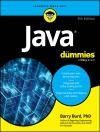Computer-assisted translation (CAT) has always used translation memories, which require the translator to have a corpus of previous translations that the CAT software can use to generate bilingual lexicons. This can be problematic when the translator does not have such a corpus, for instance, when the text belongs to an emerging field. To solve this issue, CAT research has looked into the leveraging of comparable corpora, i.e. a set of texts, in two or more languages, which deal with the same topic but are not translations of one another.
This work had two primary objectives. The first is to assess the input of lexicons extracted from comparable corpora in the context of a specialized human translation task. The second objective is to identify bilingual-lexicon-extraction methods which best match the translators’ needs, determining the current limits of these techniques and suggesting improvements. The author focuses, in particular, on the identification of fertile translations, the management of multiple morphological structures, and the ranking of candidate translations.
The experiments are carried out on two language pairs (English-French and English-German) and on specialized texts dealing with breast cancer. This research puts significant emphasis on applicability – methodological choices are guided by the needs of the final users. This book is organized in two parts: the first part presents the applicative and scientific context of the research, and the second part is given over to efforts to improve compositional translation.
The research work presented in this book received the Ph D Thesis award 2014 from the French association for natural language processing (ATALA).
Tabella dei contenuti
Acknowledgments ix
Introduction xi
Part 1 Applicative and Scientific Context 1
Chapter 1 Leveraging Comparable Corpora and Computer-Assisted Translation 3
Chapter 2 User-Centered Evaluation of Lexicons Extracted from Comparable Corpora 41
Chapter 3 Automatic Generation of Term Translations 67
Part 2 Contributions to Compositional Translation 99
Chapter 4 Morph-Compositional Translation: Methodological Framework 101
Chapter 5 Experimental Data 123
Chapter 6 Formalization and Evaluation of Candidate Translation Generation 139
Chapter 7 Formalization and Evaluation of Candidate Translation Ranking 179
Conclusion and Perspectives 199
Part 3 Appendices 205
Appendix 1 Measures 207
Appendix 2 Data 215
Appendix 3 Comparable Corpora Lexicons Consultation Interface 261
List of Tables 265
List of Figures 271
List of Algorithms 273
List of Extracts 275
Bibliography 277
Index 289
Circa l’autore
Estelle Maryline Delpech holds a Ph D in Computer Science from the University of Nantes in France, where she specialized in natural language processing and computer-aided translation. She is currently Chief Scientist at Nomao, a web and mobile app search engine company. Her research interests include multilingualism, computational linguistics, information extraction and data integration.












